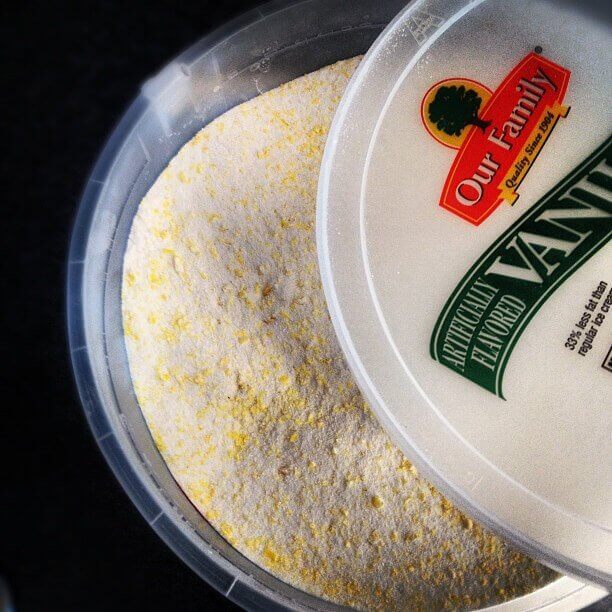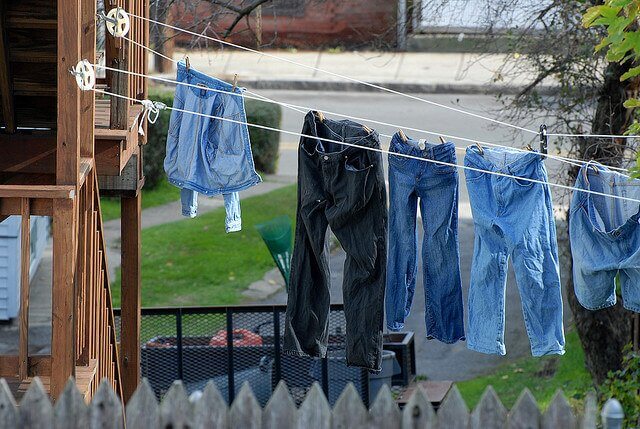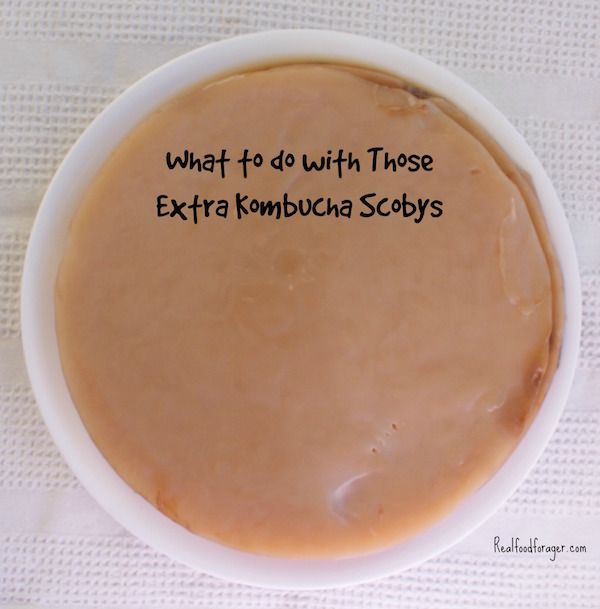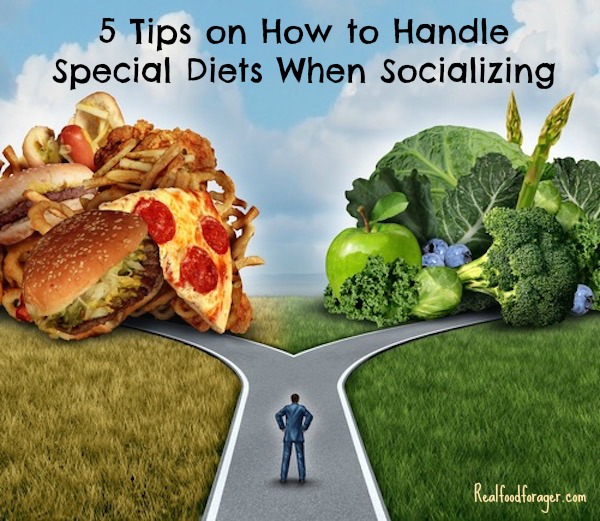
It’s that time of year again.
I like to call it sugar season. Other people call it Halloween or Thanksgiving or Christmas or New Years. The time of year when candy is literally thrown at our kids and you can’t go anywhere without being offered a sugary treat.
Our Approach to Sugar
Now I am not one of those people who take an all or nothing approach to sugar. I severely limit refined sugar intake in our household (you can read why here), but when we are out and about, my kids are allowed to enjoy treats because a large part of fellowship happens around food. Fellowship always wins (except for with food allergies of course!).
I think it’s important to be flexible and not legalistic about our food. For this reason we follow the 80/20 rule. We focus on nutrient-dense, real food when we are at home (about 80%+ of the time) and we don’t worry about the rest when we are at church, celebrations, birthday parties, or other occasions (less than 20% of the time).

Putting it in Perspective
As sugar season approaches, let’s put our sugar intake into perspective:
According to the Journal of the American Heart Association, “Children ages 4-8 with a daily caloric intake of 1,600 calories should consume no more than 130 calories, or about 3 teaspoons [of sugar] a day.” (source)
Now let’s evaluate a common food for children in that age range – the famous peanut butter and jelly sandwich. I chose brands for this analysis that are well-known and that parents might choose while grocery shopping.

Two slices of bread = 6 grams of sugar.


Therefore, if you are not consciously buying products without sugar, a regular peanut butter and jelly sandwich could contain about 22 grams of sugar. That is equal to 5 1/2 teaspoons of sugar which is 2 1/2 teaspoons over the recommended daily limit.
Peanut butter and jelly sandwiches are not the only source of hidden sugars. You can also find hidden sugars in seemingly healthy things like applesauce and spaghetti sauce.

This applesauce has 22 grams of sugar, which is equal to about 5 1/2 teaspoons of sugar. Some of the sugar is natural, but most of it is from the added high fructose corn syrup. Certainly one serving of this applesauce will put your young child over their daily limit of refined sugar intake.

This spaghetti sauce has 11 grams of sugar. This is equal to a little less than 3 teaspoons of sugar per serving which is the recommended allowance for refined sugar in kids 4-8. Again, some of those sugars occur naturally, but a lot of it is from the added refined sugar which is what we want to avoid.
Do you see where the problem is? If you are eating processed foods at every meal, you are consuming a lot of hidden sugars. Most kids can far exceed their recommended daily allowance of sugar before even eating a single “treat”. Throw in the holiday season and we have a huge sugar problem!
What can we do to help our kids eat less sugar?
We know that sugar intake lowers the immune system response, depletes the body of magnesium, causes insulin resistance, and is highly addictive (think of picky eaters who only want sugary/starchy foods). This season we need to be diligent in reducing those hidden sugars, so that when the opportunity arrives to indulge in a sweet treat, it won’t be overloading their little bodies.

- Eat mainly real food ingredients. When you make your food at home, you can control the ingredients that go into it. This means more nutrients and less refined sugars going into their little bodies.
- If you are going to buy processed foods, become a diligent label reader. It is possible to find store-bought items without added sugars. Here’s a post I wrote about that: 5 Simple Real Food Exchanges to Reduce Sugar in Your Diet
- Drink water. Cut the juices, sodas, and sports drinks during this season. Our kids love them, but they certainly contain more than 3 teaspoons of sugar and are completely unnecessary nutrient-wise. Sugared drinks are the number one source of added sugars in our diet.
- Eat first. If you are heading to a party or social gathering, fill up their tummies on some good food first. That way they can indulge on some small, sugary treats and still be satisfied without binge eating.
- Be honest. Explain moderation to your kids. Talk about the difference between foods God gave us and foods that man has made.
I think it’s also important to enjoy yourself. If your kids see you completely stressing out about every bite of food they are putting in their mouth, they may become sneaky or resentful about their sugar intake. Take joy in knowing that they are getting nourishing food most of the time and don’t sweat it. Seriously. Fellowship always wins.
For more information about what we do when we have consumed too much sugar, read here: How to Recover From Eating Too Much Sugar
What do you do to help your kids eat less sugar?
You May Also Like
Original article and pictures take simplelifeabundantlife.com site


























